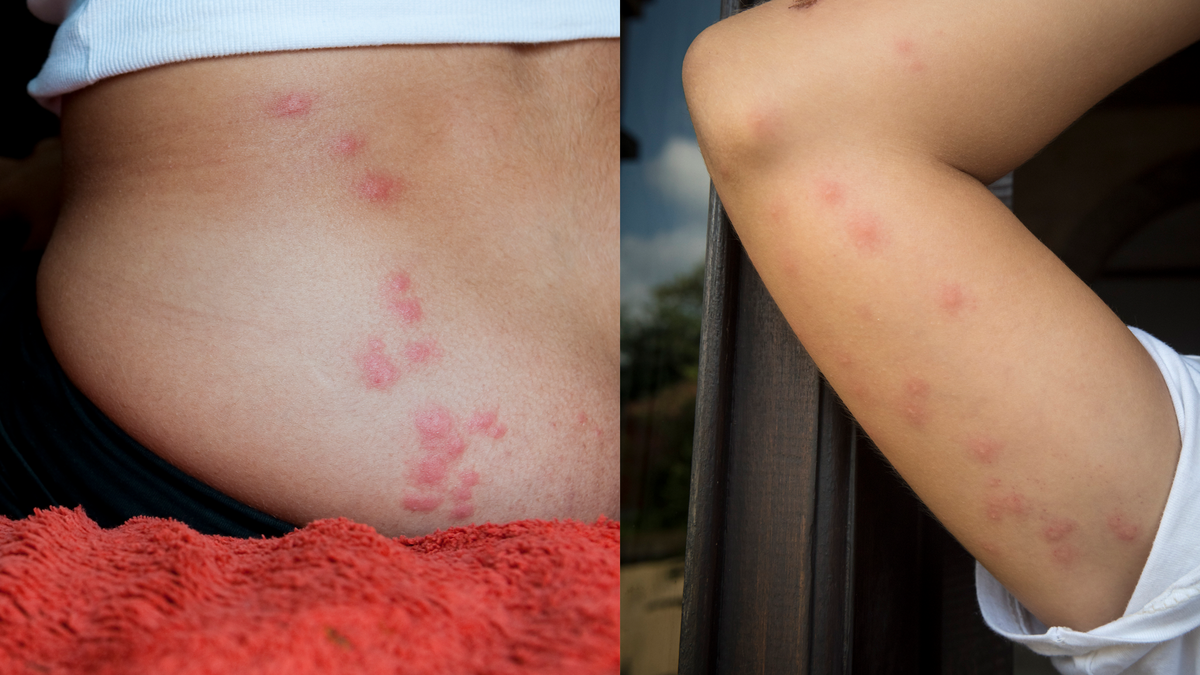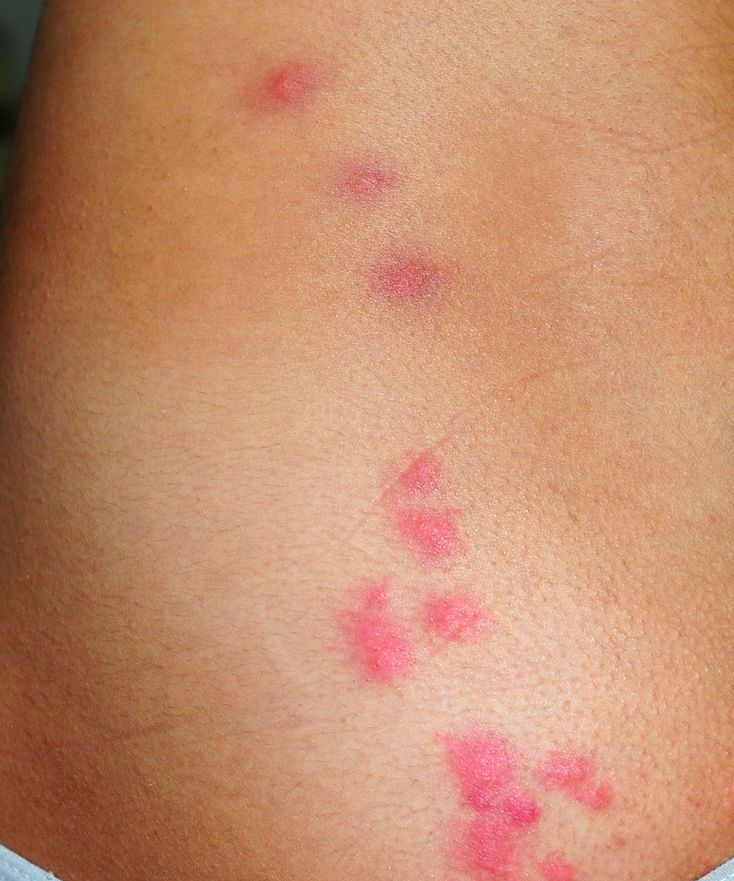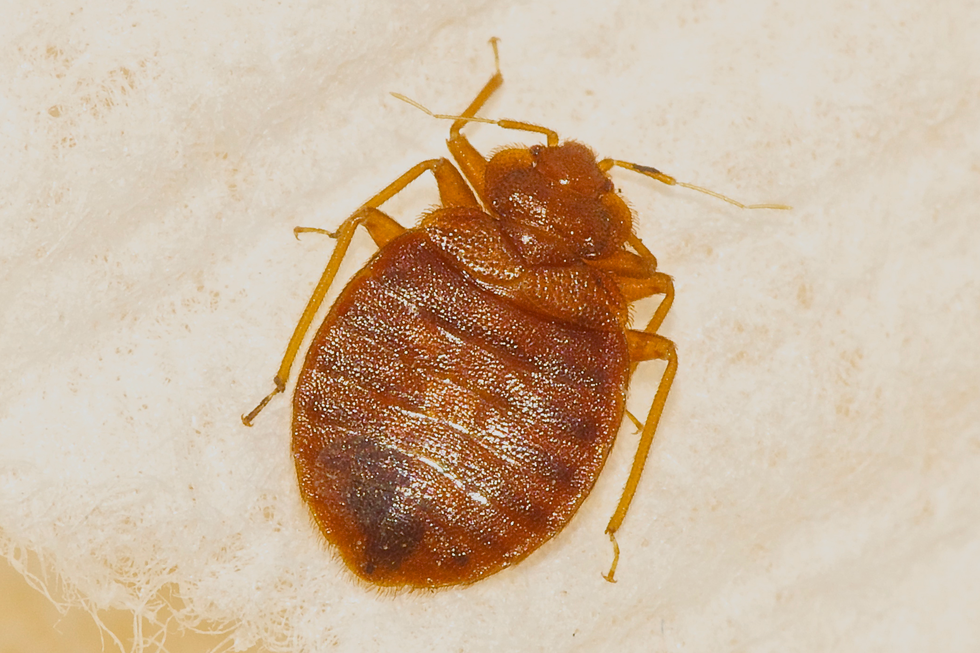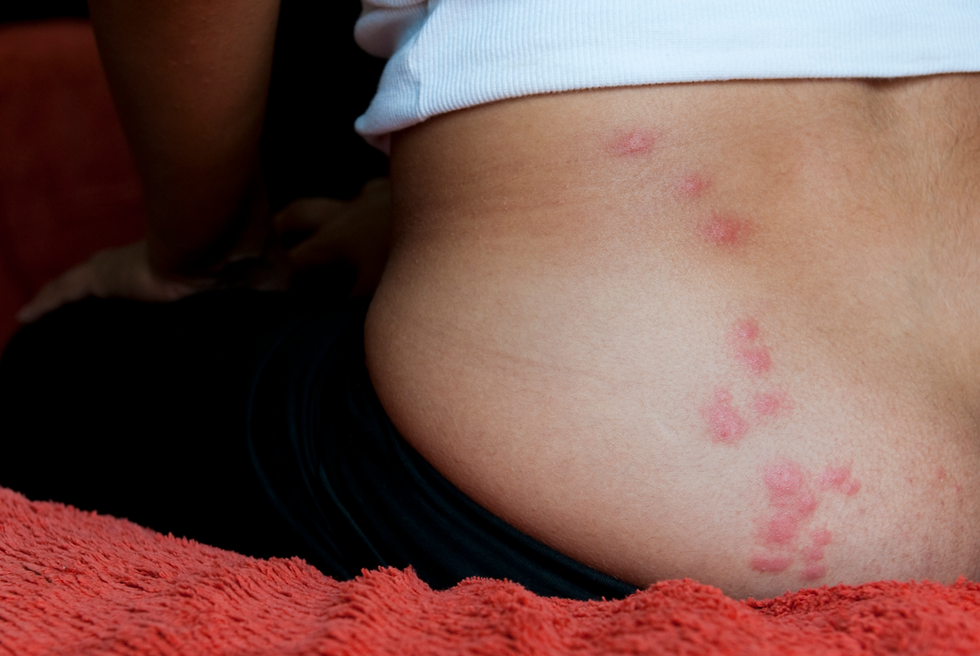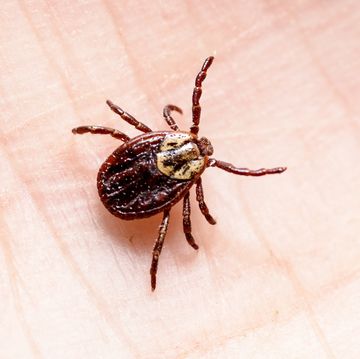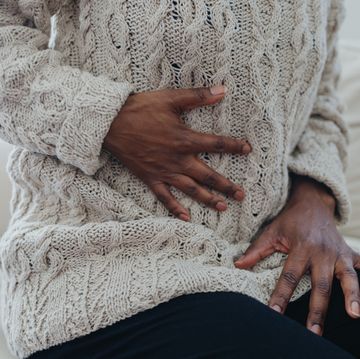When you think of annoying, common house bugs, your mind probably jumps to stink bugs, flies, cockroaches, and spiders. But there’s one home invader that is very different from the rest: bed bugs. While bed bug bites might not be the most common bug bites to receive, if you’ve recently woken up with a few itchy bumps, you might want to keep reading.
The trouble with identifying a bed bug bite—as is true for a lot of insects, including mosquitoes—is that it can be hard to identify the source, as not everyone’s immune response is the same. “Everybody’s going to respond differently,” says Timothy Gibb, Ph.D., a clinical professor of entomology at Purdue University. “Same thing’s true with a mosquito bite. Some people are going to swell up and it’s going to itch. That same mosquito could bite someone else and it’s hardly noticeable.”
Meet the Experts: Emma Grace Crumbley, entomologist for Mosquito Squad; Timothy Gibb, Ph.D., a clinical professor of entomology at Purdue University; Edwin Rajotte, Ph.D., a professor of entomology at Penn State University; Changlu Wang, Ph.D., extension specialist in entomology at Rutgers University.
In fact, Gibb says some people’s skin doesn’t respond to a bed bug bite at all, which is especially the case for the elderly population. That’s why it can be difficult to determine if your bite is from a bed bug just by looking at it.
However, there are a few things that can tip you off to the fact that bed bugs are the culprit of your bites. Here’s what to know, including bed bug bites pictures to help you visualize the symptoms.
What do bed bug bites look like?
The key bed bug bite symptom to look for is a red, raised bump, says Gibb, similar in appearance to a spider or mosquito bite. But what sets bed bugs apart from other insects is that oftentimes, their bites will present in a line or cluster on one part or side of your body. This is the result of what’s called “probing.”
“They probe the skin in several different places, I think probably to find best access to draw blood,” says Gibb. In fact, if you have screens on your windows—thereby keeping out other insects that might bite—but are still waking up with a line of 3 or 4 bites on your arm, it’s safe to suspect that bed bugs might be to blame, says Edwin Rajotte, Ph.D., a professor of entomology at Penn State University.
Where do bed bugs come from?
For a new infestation to occur, bed bugs must have been brought from one area to another through human intervention, says Emma Grace Crumbley, entomologist for Mosquito Squad. “For example, if you stay at a hotel that has a bed bug problem, and bed bugs get into your clothes and luggage, it is very likely you will have a bed bug problem at your next destination, be that another hotel or your own home,” she explains.
Bed bugs are also excellent at moving in between adjacent rooms, especially in older buildings where door seals and baseboards are worn, leaving easy-access entry points, says Crumbley. “This, along with their small size and flat body plan, allows them to hide in many areas throughout a room, making controlling bed bugs especially challenging,” she notes.
What do bed bugs look like and where do they hide?
Adult bed bugs are about the size of an apple seed and are very flat from top to bottom—almost as thin as a piece of paper—with a brownish color, says Rajotte. Baby bed bugs are also brownish in color, but pinhead-sized.
Bed bugs naturally like to hide in your mattress, especially in the corners, near the head end, and in the cord that goes around it. They also like to camp out behind the headboard, behind any pictures on the wall, and in electrical sockets.
Signs of a bed bug infestation
Bed bugs are often thought of as a pest of unsanitary places, but they can be found anywhere, says Crumbley. Regardless of the state of your home, a bed bug infestation is possible. According to Crumbley, here are some signs to look out for and that can help you confirm whether or not you are dealing with bed bugs:
- Pest activity: If you see bed bugs, you have bed bugs. Bed bugs can be mistaken for ticks or fleas given their shape, size, and color, but their distinct flattened body plan and behavior give them away.
- Molts: Like all other insects, bed bugs molt as they grow and develop. These molts are the shed skin of bed bugs left behind as they grow bigger. Any signs of different sizes of bed bugs or papery, see-through molts is a red flag that a serious infestation is occurring.
- Fecal Smears: Unlike other pests that leave dry feces behind, bed bugs secrete liquid droppings that look like dark brown/black spots. You may notice these spots before seeing the pests themselves, so take extra precautions to check your mattress and surrounding living areas.
- Odor: Similar to a roach infestation, bed bugs have a distinct smell they leave behind. It is often described as mildewy or moldy, foul smell, and the odor will be most potent in severe infestations and near the areas of high pest congregation.
- Bites: Bed bug bites may be raised, itchy, and a pink or red color. For confirmation of your bite, seek medical attention and check for other signs of bed bugs.
- Pet behavior: Pet bedding can also provide harborage for bed bugs. While the most common bed bug prefers human hosts, any warm blooded animal can fall victim to these pests. If your pets are scratching and showing signs of discomfort, check to see if they are dealing with bed bugs.
When and where do bed bugs bite?
Bed bug bites will most commonly occur on the arms, neck, or trunk of the body, says Gibb, although they’ll bite anywhere they can find exposed skin. And—as their name suggests—bed bugs will bite you at night while you’re sound asleep.
“We’ve found it’s most active when people are most sound asleep, and that’s usually from about 2:00 to 4:00 in the morning,” says Gibb. “That’s natural for a parasite like that to do that because it’s going to protect it. People won’t see it, they won’t feel it. It makes their survivorship much more probable.”
According to Changlu Wang, Ph.D., extension specialist in entomology at Rutgers University, bed bugs typically feed every two to three days when a host is present, so if fresh bites appear in such a frequency, the timing could be another indicator of their presence.
How to treat bed bug bites
If you’ve been bitten and have an insatiable itch, chances are, you’re going to want to speed up the treatment process. Unfortunately, the best way to do that is also the hardest way to do it: not scratching the bite, says Gibb, which will just further irritate the area. If you’re having trouble keeping your claws off, you can also try using an antihistamine—think Benadryl or Allegra, which are meant to curb allergy symptoms—to help mute that itchy feeling.
If bed bugs are the cause of your bites, realize there’s no urgent need to panic. Yes, they might cost you a pretty penny and can be a pain to get rid of, but bed bugs can’t do any serious damage to your body. “They don’t kill people,” says Gibb. “A parasite would have a hard time surviving if it killed its host, and these do not.”
In fact, bed bugs don’t even transmit anything dangerous to you. “They’ve never been shown to transmit any diseases,” says Rajotte. “Unlike mosquitoes and ticks and things, which can transmit some pretty bad diseases, bed bugs do not,” she says.
Although some people will say a bed bug bite hurts somewhat, most complaints are due to the itching the bites cause, says Gibb. And that itching is due to the chemicals the bed bug inserts into your body during the bite, notes Rajotte.
How long do bed bug bites last?
Although the duration and intensity of a bed bug bite will vary from person to person, you typically won’t feel the effects of a bed bug bite—like itching and those raised red bumps—until mid-morning after a bite due to the anesthetic the bug injects prior to biting, says Gibb. “So they certainly don’t feel it when the bite is occurring, but shortly after, probably within a day,” he adds.
The bite symptoms typically last for about two weeks, explains Wang. “Some people may still show symptoms after a month,” he says, while others may see their bites dissipate over a few days.
How to get rid of bed bugs
Bed bugs are a difficult pest to control for, but there are steps you can take to reduce the impact of bed bugs. Per Crumbley, here’s some simple steps to follow:
- Remove infested items and/or thoroughly sanitize items in areas with bed bug activity.
- Vacuum molding, baseboards, seals, and carpeting to remove bed bugs harboring outside of linens.
- If you are attempting to use an insecticide, be sure to read the label and follow the label instructions exactly. Pesticides and insecticides should be EPA approved.
- For an intense infestation and for the best pesticide application, call a professional pest control company certified to treat for bed bugs.
To prevent future infestations:
If you have recently traveled and stayed in a hotel, motel, or bed other than your own, especially in an area with a current bed bug infestation, you will need to take precautions to sanitize your belongings and clothing to ensure you did not bring pests back with you, says Crumbley.
Bed bugs may also be brought into a home from thrifted items, including cloth materials (clothing, sheets, carpets, etc.) as well as books. Bed bugs are small and flat enough to fit in between book spines and bindings. After purchasing a used item, be sure to thoroughly sanitize it as soon as possible, says Crumbley.

Madeleine, Prevention’s assistant editor, has a history with health writing from her experience as an editorial assistant at WebMD, and from her personal research at university. She graduated from the University of Michigan with a degree in biopsychology, cognition, and neuroscience—and she helps strategize for success across Prevention’s social media platforms.
Mona Gohara, M.D. is a Yale-trained, board-certified dermatologist, Oberlin College-bred feminist, medical media expert, fashion fanatic, mom, wife, and virgo. Mona enjoys educating on skin health, skin cancer, skin of color, and sun protection. She has done this through writing, lecturing on the local, national, and international levels, and by engaging popular media. Mona is an active member of the American Academy of Dermatology, where she chaired the social media task force, The Women’s Dermatologic Society where she serves as president, and The American Society For Dermatologic Surgery, where she chairs the DEI Work Group. She is also a member of Prevention’s Medical Review Board.
